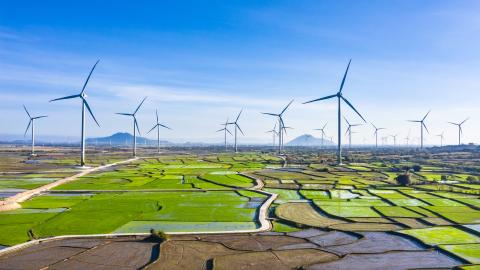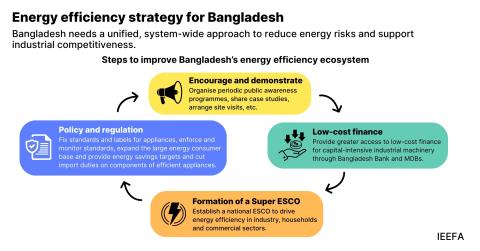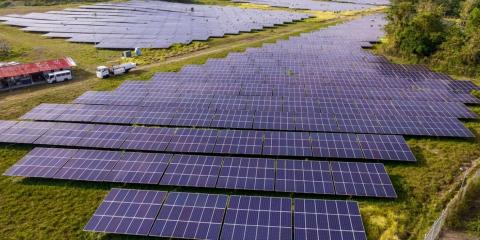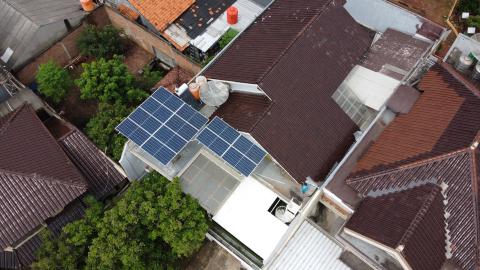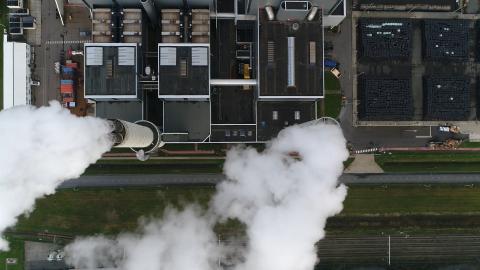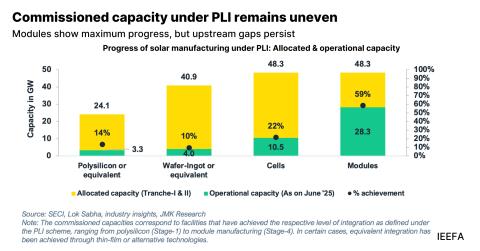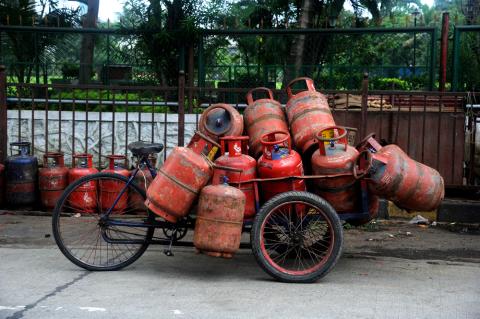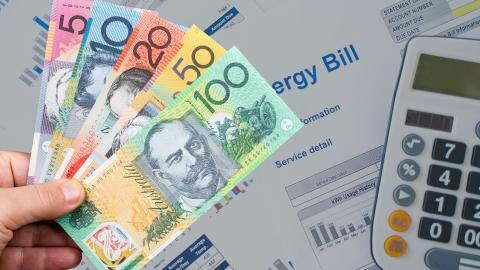Australians love batteries. They would love efficient electric homes to go with them
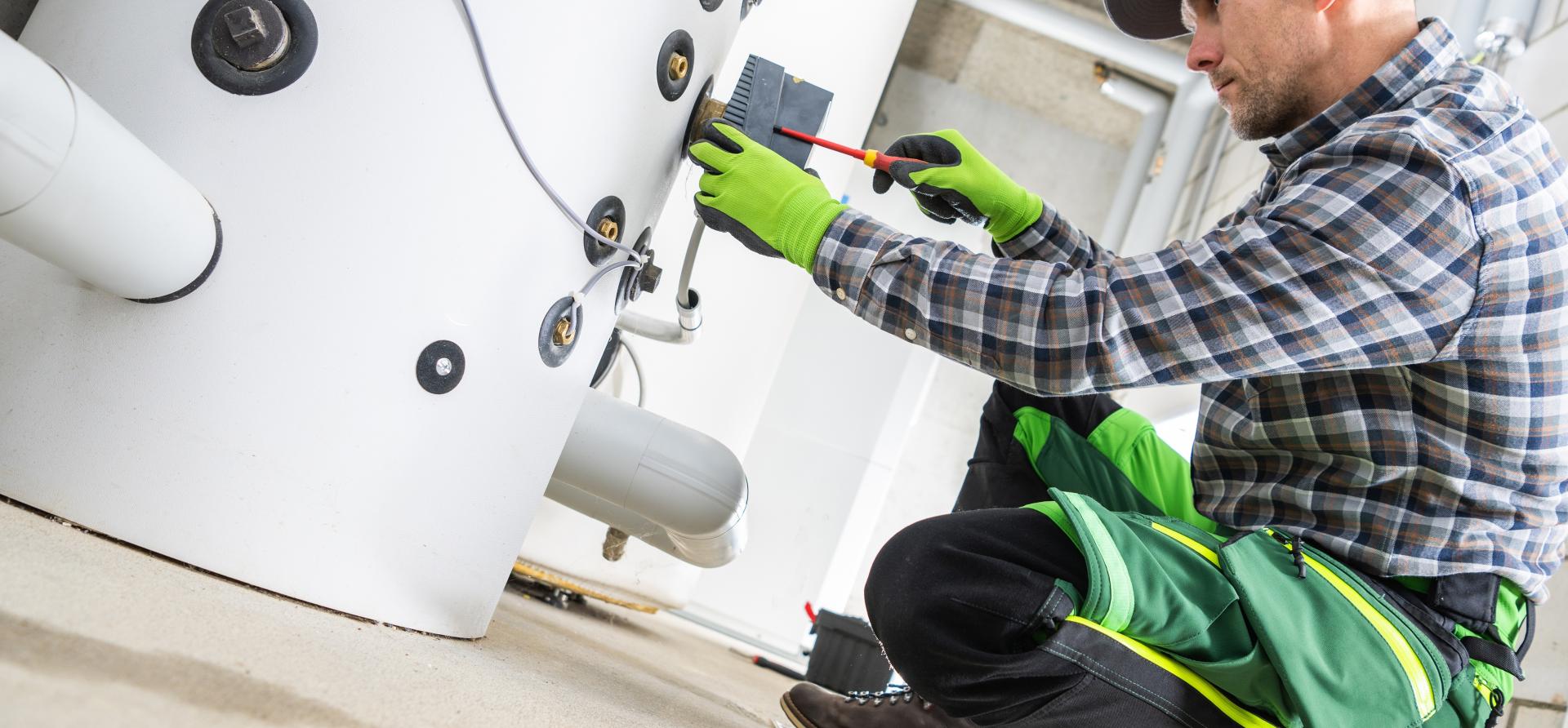
Key Findings
Federal subsidies have sparked a household battery boom in Australia with almost 1,000 installed each day in July alone, mirroring the explosion in rooftop solar in the late 2000s.
Yet Australia lags on home energy efficiency, with governments prioritising sugar hits of unsustainable, one-off rebates to ease the pain of rising household energy bills.
Expanding existing solar and battery rebates into a more comprehensive scheme supporting home energy efficiency upgrades and including efficient electric appliances could save consumers hundreds of dollars a year.
Australians are installing household batteries in droves, with about 1,000 new residential battery systems installed each day as of July.
And while Australians love a shiny piece of tech that reduces their energy bills, there is no doubt new incentives under the government’s Cheaper Home Batteries Program have been the catalyst driving many homes to make the leap.
The surge of interest in batteries is reminiscent of the rise of rooftop solar – where installations grew from a few hundred to tens of thousands per month between 2007 and 2010 – supported by the same Small-scale Renewable Energy Scheme that is now supporting batteries.
One could argue small-scale is a misnomer. If Australian rooftops were a power plant, it would be by far the largest in the nation. For example, South Australia’s rooftop solar uptake is so large that, at certain times of the day and year, it occasionally provides the entire state’s energy needs.
While it’s still early days for household batteries, the Australian Energy Market Operator forecasts they will make up the majority of energy storage capacity by 2040.
There are clear benefits to scaling up the rollout of solar and batteries at the household level: these technologies directly reduce household energy bills; they provide a low-cost source of renewable generation; and they could meet a sizeable portion of household energy demand – reducing the amount of money we need to invest in larger projects such as transmission lines.
Solar and batteries play directly to Australia’s strengths – our abundant, world-class solar resources. But to make the transition work for everyone, we also need to look at our weaknesses.
Australian homes are notoriously hard to heat in winter, and hard to cool in summer – a legacy of the fact we have been late to adopt thermal efficiency standards.
And to make matters worse, we often use some of the least efficient appliances to heat our homes, our water and our food.
For example, gas ducted heaters – common in Melbourne and Canberra – can consume more than five times the energy of a set of reverse-cycle air conditioners used for heating. Old-school resistive electric water heaters – common across the country – uses more than three times the energy of a modern heat pump.
There are historical reasons behind these appliance choices. In Victoria, gas was once so cheap hardly anyone cared about how much of it was wasted when burned in household appliances. And the trusty resistive heating element is the simplest way to convert electricity to heat.
But times have changed. Cheap gas is gone, and isn’t coming back. And the advent of heat pumps – devices that extract latent heat from the air – has led to a step change in the efficiency of electric appliances.
Recent IEEFA modelling found that improving the thermal qualities of our homes, and upgrading to efficient electric appliances, would slash hundreds of dollars a year off a typical energy bill.
You don’t need solar panels or a battery to start seeing the savings – although if you do, the benefits are greater than the sum of the parts – and energy bill savings of 90% or more are possible.
It’s time for energy policies to look beyond the shiny solutions – and include the mundane but potentially game-changing solutions such as thermal efficiency upgrades and efficient electric appliances.
Recently, the Productivity Commission called for “more consistent and comprehensive incentives to reducing emissions […] ensuring that policies do not preference some options for reducing emissions over others”.
IEEFA’s report argues that we should rework existing rebate schemes for solar and batteries to include a much wider range of solutions that cut energy demand, lower emissions and support the grid.
At the same time, we need to do better to ensure no energy users are left behind. While it’s commendable that a third of households in Australia have rooftop solar, there is very little overlap between this group and the third of Australians who rent their homes.
Asking landlords nicely to install efficient electric appliances or insulation doesn’t work. Victoria has taken the lead by announcing requirements for rental properties to have efficient electric appliances and ceiling insulation.
Alongside NSW and SA, Victoria also has a broad-reaching rebates scheme that covers many of the home energy upgrades not covered by the federal schemes.
But leaving these issues entirely up to the states makes little sense when the underlying challenges – leaky homes and inefficient appliances – are common all over the country.
Australian governments have spent billions on one-off energy bill subsidies in recent years. This recognises that Australians are struggling with the cost of energy, but it does nothing to address the underlying drivers.
The cost-of-living crisis has persisted, and governments face an awkward decision: continue the subsidies; or pull the plug at a time when households are still struggling to pay their bills.
Our analysis paints a clear and preferable alternative – spend this money on permanent, not temporary, energy bill savings by investing in household energy upgrades.
This article was previously published in RenewEconomy.


